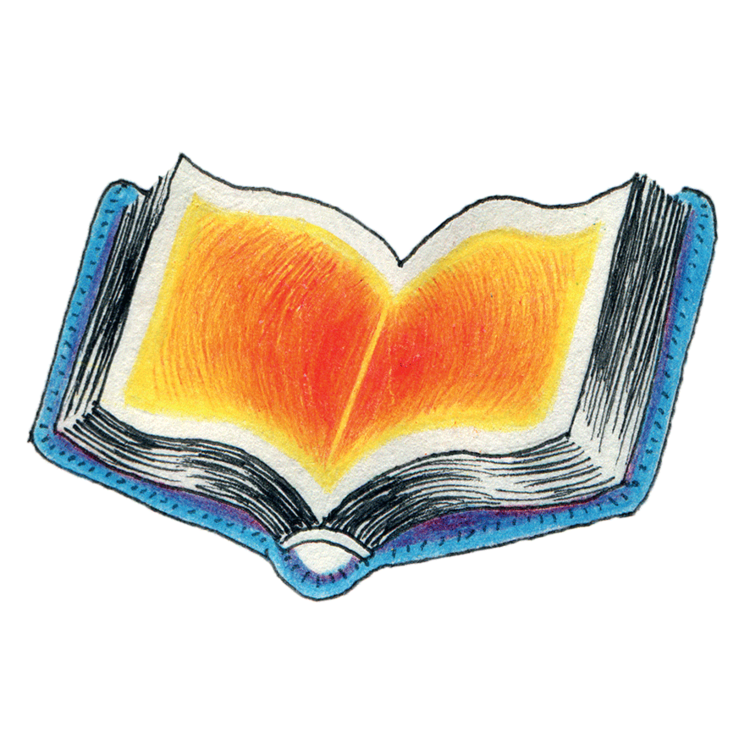Robert Gie | Untitled, ca 1916
Photo © Marie Humair, Atelier de numérisation – Ville de Lausanne
Collection de l’Art Brut, Lausanne
Amongst the many startling visions on display at the Museum Gugging is an unassuming pencil sketch by Jaime Saguer, of a man dressed in a mundane combination of suit, shirt, and hat. Unassuming, that is, until your eyes chance upon the immensely evocative title of the piece in question: President of Unrealities. And the shift in tone caused by the title is so abrupt and powerfully strange that you find yourself reevaluating the image, the artist who made it, and the art movement that encapsulates his work.
Gugging holds a unique position within the landscape of Austria's art institutions. Located on the outskirts of Vienna, this former psychiatric clinic is one of the few museums worldwide expressly dedicated to the exhibition and cultivation of art brut (raw art). This term was coined by the French artist Jean Dubuffet in the late 1940s to describe work that was produced outside the confines of the creative establishment and thus able to retain its creative vitality, being suitably removed from the inevitable ossification that tends to accompany institutionalisation and respectability.
Now home to artists who live and work on-site, Gugging's ever-growing permanent collection is complemented by changing exhibitions relating to the art brut movement.
The museum is currently hosting a reprise of the formative exhibit (curated by Dubuffet himself in 1947) that introduced art brut to the world at large; it offers both a compelling overview and a fascinating glimpse into how the movement came to be. Forming the core of the Collection de l'art brut in Lausanne, Switzerland, the works displayed demonstrate how Dubuffet adapted and refined his definition of art brut, initially also including folk art from non-European cultures, children's drawings, and work by people with no formal artistic training.
Having trained as a mosaicist and running a second-hand shop for much of his life, Pascal-Désir Maisonneuve (1863-1934) was a particularly late bloomer when it came to making art: at the age of 64, he began portraying prominent figures of the time using shells held together by plaster. The Tartar (1927) is an especially striking assemblage, calling up feelings of absurdity, bemusement, and bewilderment in equal measure.
Robert Gie (1869-?) plied the trade of a carpenter until being hospitalised for hallucinatory disorders, whereupon he produced drawings of figures pierced by what seemed to be complex channels of etheric interconnections and "cosmic circulation systems" (his own words). In all likelihood, his images depicted the world as he actually experienced it, making the experience of viewing them more akin to sharing the visions of a seer and less like witnessing an artist’s flights of fancy.
Upon being committed to a psychiatric clinic at the age of 30 on molestation charges, Adolf Wölfli (1864-1930) embarked on the production of tens of thousands of pages of drawings, prose, and musical notation, despite having no previous training in or inclination for the arts. In its meticulous, obsessive intricacy, The Rose Garden (1922) demonstrates the almost dizzying depths of the world-building he engaged in.
Of course, as many of the movement's most celebrated practitioners underwent psychiatric treatment (and in many cases today, continue to do so), there is an unsettling undercurrent to the act of celebrating their art, one that carries a faint air of pleasure at the expense of another's trials and tribulations.
However, when witnessed and studied in person, the power of these artworks is undeniable – stemming from an arena more primal than that of the intellect, there is an urgency of expression and thrumming vitality to them that serves as a formidable demonstration of art's essential expressive power.
A version of this article was published in the June 2017 edition of METROPOLE
